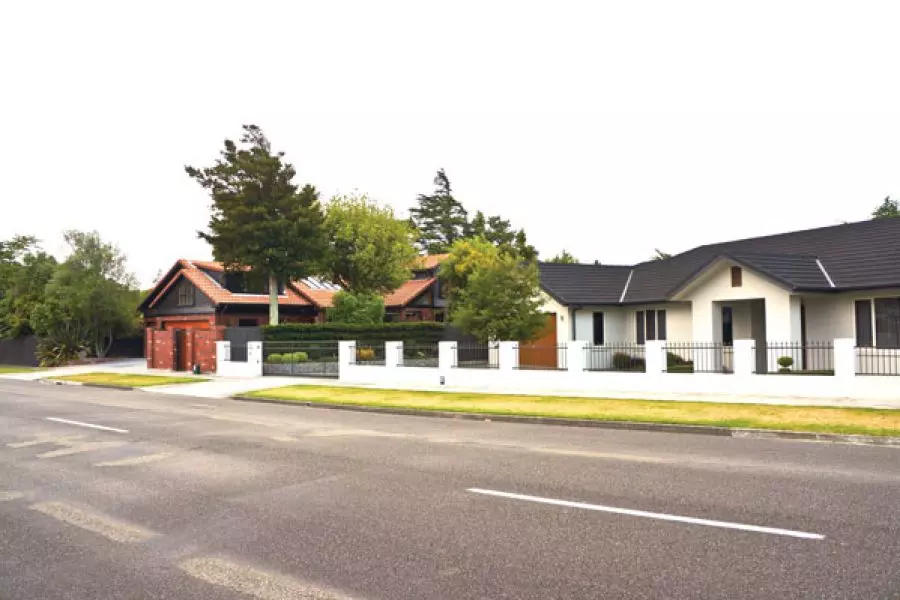News
Lustre coming off Auckland property

Tuesday 1st of November 2016
For the first time, the website has released data measuring demand* for property in markets around the country and Auckland is the only region where demand has fallen.
The data, which is for the month of October, shows that demand for property was up by 14.1% nationwide, while nearly all regions recorded strong growth in demand.
Auckland was the exception to the rule: the data s...
Want to read the full article?
Click the button below to subscribe and will have unlimited access to full article and all other articles on the site.






![[The Wrap] Bye Bye Bayly](https://goodreturns.publit.io/file/c_fill,w_900,h_600/39f23ac1-f7c7-4854-b700-a150004ebbac.webp)


